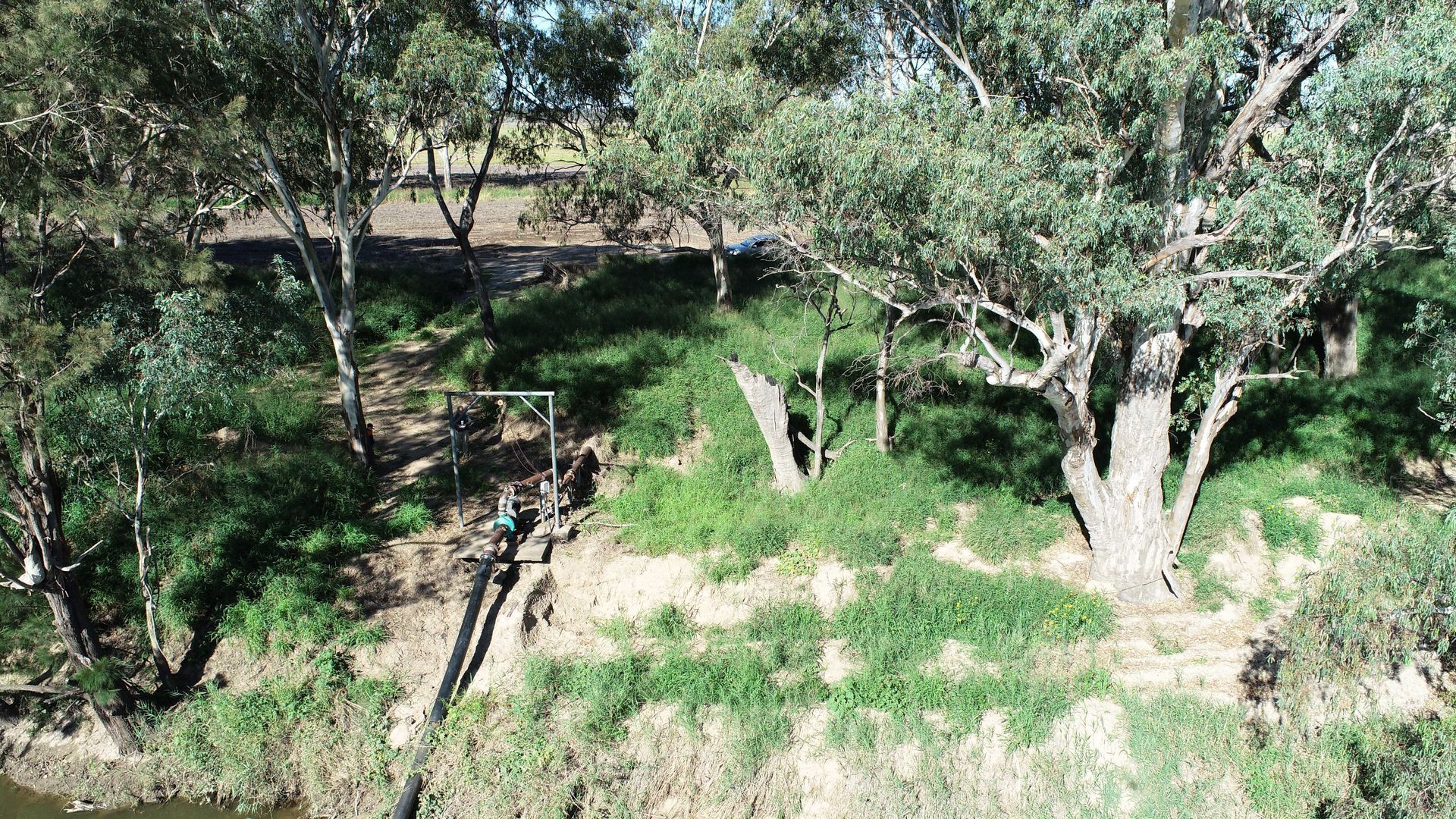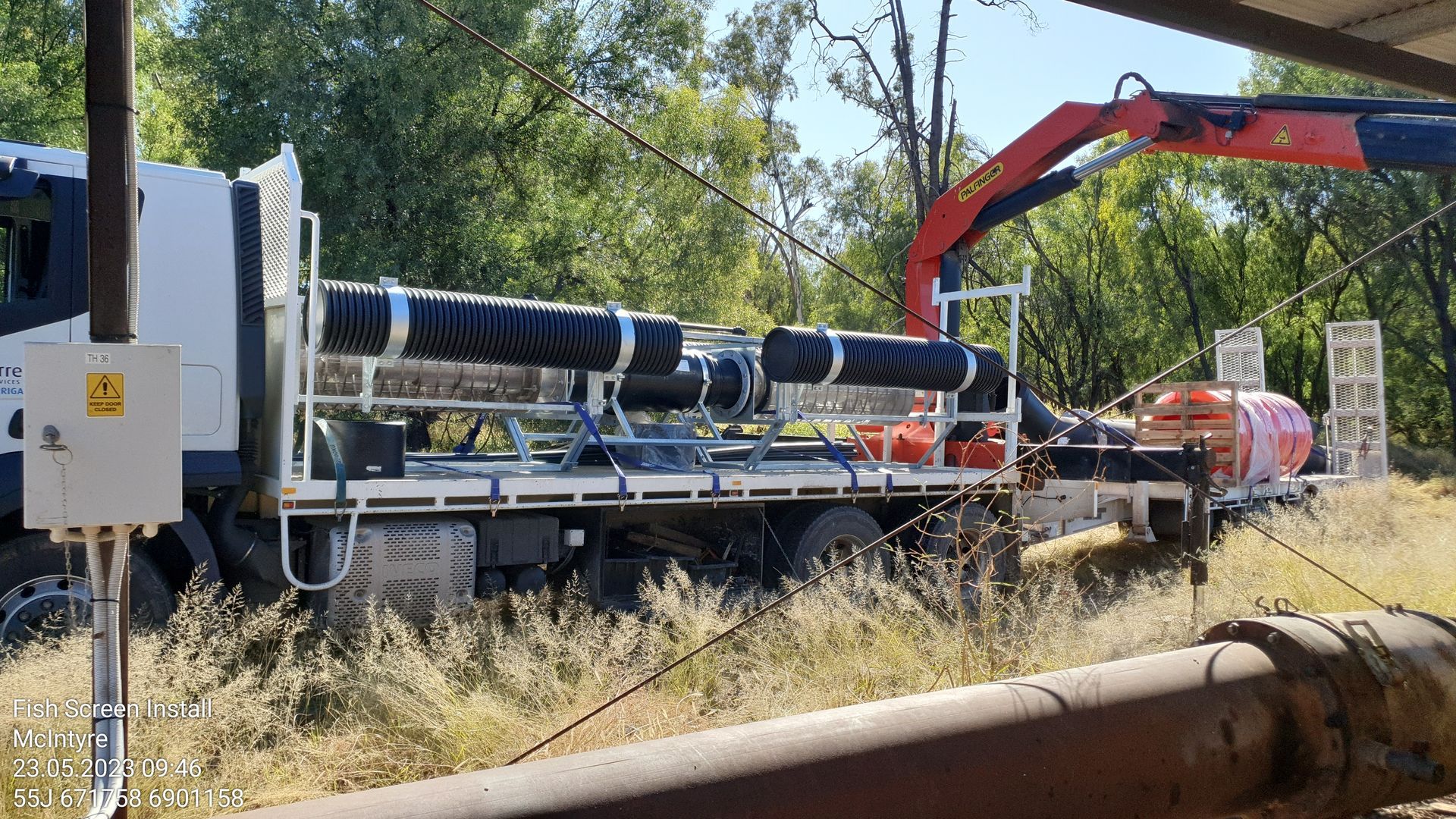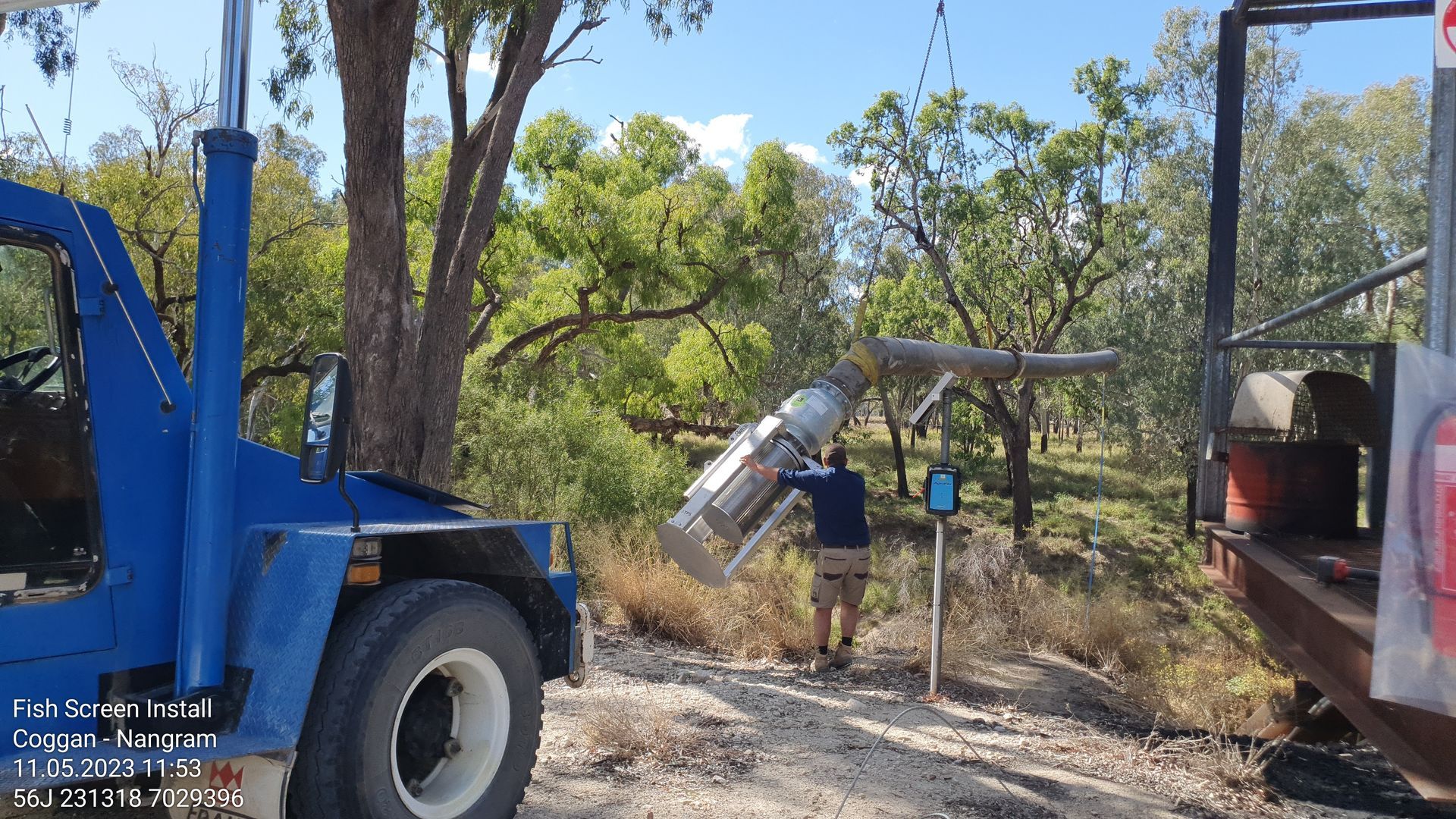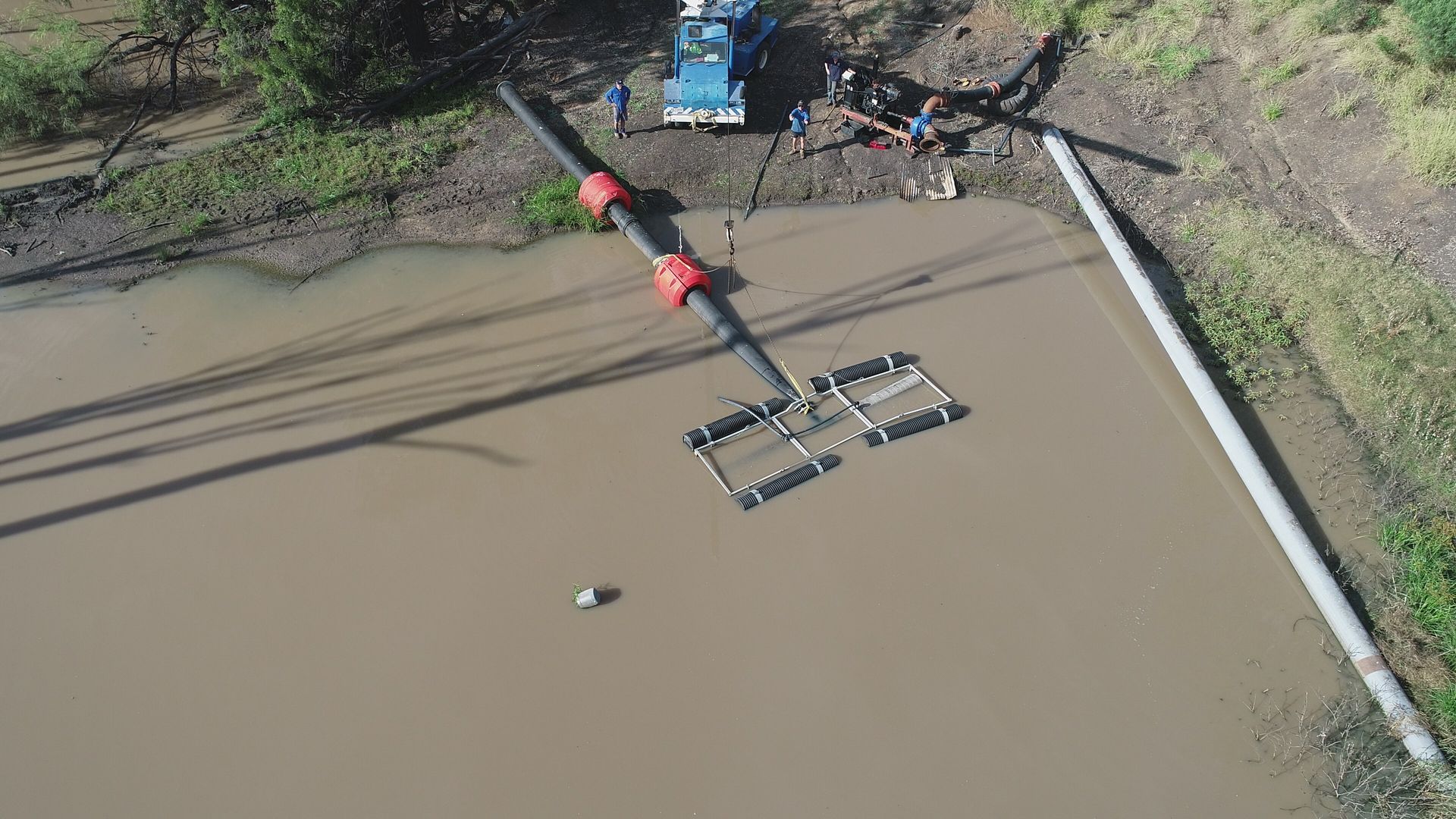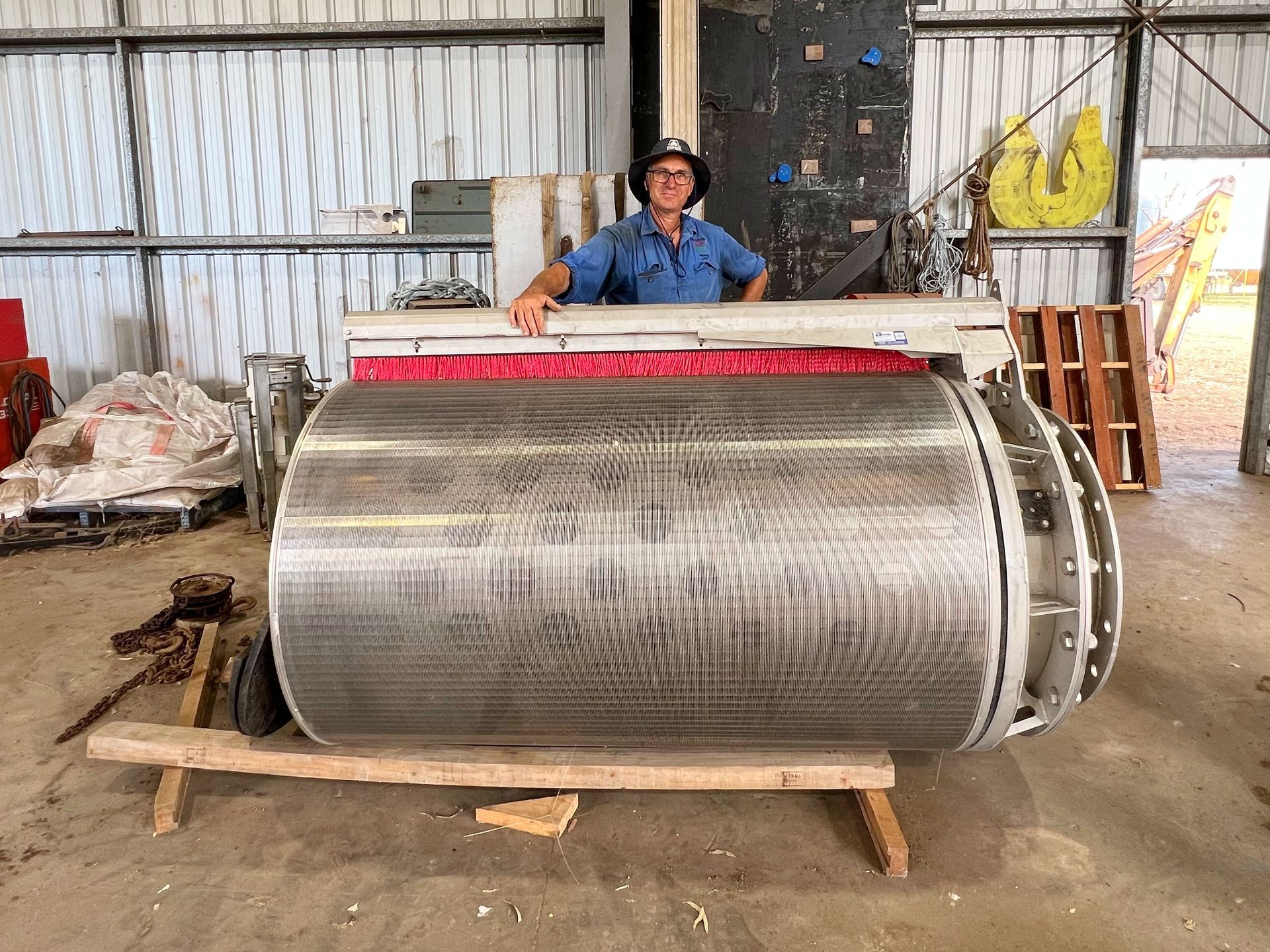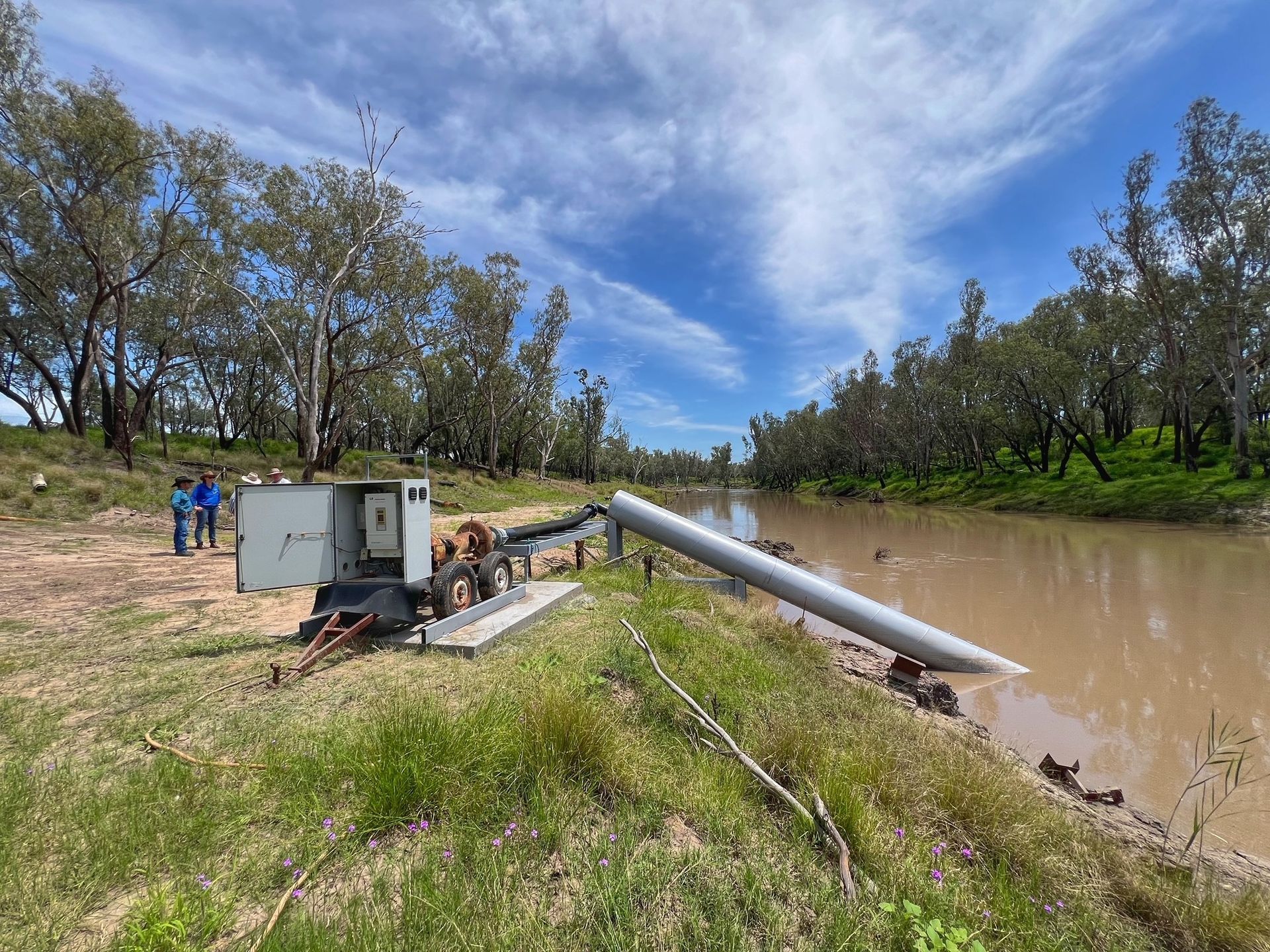Green Thumbs Beat the Blues
Curb the social isolation blues by growing a vegetable garden at home
Before it was condemned by Australians as the worst year in recent history with devastating bushfires and now a pandemic, 2020 was declared the International Year of Plant Health
by the United Nations General Assembly.
In the current climate of social isolation, potential for illness and staying at home to #stopthespread, growing healthy plants - particularly vegetables - can be hobby with many wellbeing benefits.
From a splash of colour to brighten the walls of your home, to the fresh air and sunshine that comes with a backyard garden, and the nutrients of home-grown produce that you don’t have to compete with panic-buyers for, a healthy vegetable patch is the perfect ‘isolution’ for people staying home - young and old.
So, what are the best vegetables to grow now and in the coming months, and how do you manage the fruits (or rather vegetables) of your labour?
What to grow
Tomatoes:
Because of the beautiful and frequent Queensland sun, tomatoes, which are normally grown in hotter months, can grow almost all year round in the Sunshine State. If you’re growing tomatoes from seeds, seedlings should break through the soil from 7 – 14 days, with plump produce ready for harvest in a few months. If planting established saplings, produce will be ready sooner.
Due to their height, tomatoes should be planted with a stake or trellises. As the plant grows, secure it loosely with gardening twine or old stockings. Prune the vine into a single stem to structure the tomato’s growth. As a natural protection against insects, you should companion plant tomatoes with basil.
Basil:
While basil can be grown successfully in an herb garden, studies have shown it grows better when planted with tomatoes. There are a number of different varieties of basil including Thai, lemon, sweet and bush. Each one has different flavour profiles and intensities. Basil will retain its flavour better if you pinch off the flowering tips.
For the freshest produce, cut the leaves for immediate use. Once the plant starts to die off, pull out the bush and hang it upside down to dry out. The dried leaves can be finely diced for cooking.
Capsicum:
Similar to tomatoes, capsicums grow best in sunny areas with good drainage.
They only need a small stake to grow straight, and the stem should be secured as it grows. From planting, capsicum can take up to 3-months to grow produce.
All capsicums are green. However, for the best and sweetest flavour, wait until the produce has ripened fully and changed colour (to red or yellow) before harvesting. To protect the plant and encourage regrowth, cut off capsicums at the stem rather than pulling them out.
Carrots:
Grown from seeds, carrots look and grow best when planted in rows. When the bright green shoots of the seedlings are around 5cms (2 inches) tall, usually around 3 weeks from planting, replant your carrots to a distance of 2cm (a little under an inch) apart. When the shoots are 15cms (6 inches) tall, replant again to a distance of 5cm (2 inches) apart. This will prevent crowding and promote growth.
Produce can be harvested as needed but remember to cut off the green tops immediately otherwise they will keep drawing moisture, making the carrots dry. To protect your carrots from insects, companion plant with rows of onion or garlic.
Onions:
If planting onions from seeds, you’ll have to plan ahead. Onion seeds grow best in seed raising mix, with the seedlings being moved into a vegetable garden once they’re around 8cm (3 inches) tall. Seedlings can be planted straight into the garden. For the best results, create a trench and lay the seedlings down, covering their roots with soil. Within a few weeks, the onions will be upright and growing strong.
Onions are ready for harvest when their tops are yellow and starting to die. This takes around 6 months, making onions a long-term investment. Spring onions have a much shorter harvest time. They usually shoot within a few days of planting, with produce ready in around 2 weeks. The trade-off is, less fragrant spring onions aren’t as effective as a companion plant for carrots.
Watering
Remember to water your vegetable garden often and thoroughly. Keep an eye on the weather reports and if rain is expected, hold off watering so as not to over-water your crop, with can lead to the underground produce rotting.
Weed management
Weeds, both native and introduced, are a problem in all kinds of gardens and lawns throughout Australia. Weeds can degrade the soil by competing for the nutrients, space and water your vegetables need to grow big and strong.
A combination of an organic herbicide (one that is safe to use around edible plants) and manual weeding, all undertaken on a regular basis will generate the best results for keeping weeds under control. Hoeing your vegetable garden once a week will help stop weeds that haven’t seeded yet from taking root. Hand weeding is required once the weeds have seed heads. Make sure you dispose of the weeds and seeds completely into the rubbish bin (not into compost heaps or the rest of the garden) to avoid transporting the weeds further.
With produce ready for harvest starting in a few months and through to the end of winter, get your green thumb going and you’ll have a bumper crop of healthy vegetables ready to make delicious soups, stews and roasts in no time.
Don’t have what you need to start a veggie garden at home?
Not to worry! There’s no reason to leave the house with many garden suppliers now offering home delivery. Search online and order your seeds, bulbs, fertilisers and tools from a company like Garden Express, Australia’s largest mail order garden supplier.
Check out Gardening Australia's tips for growing winter soup vegetables in the video
below.
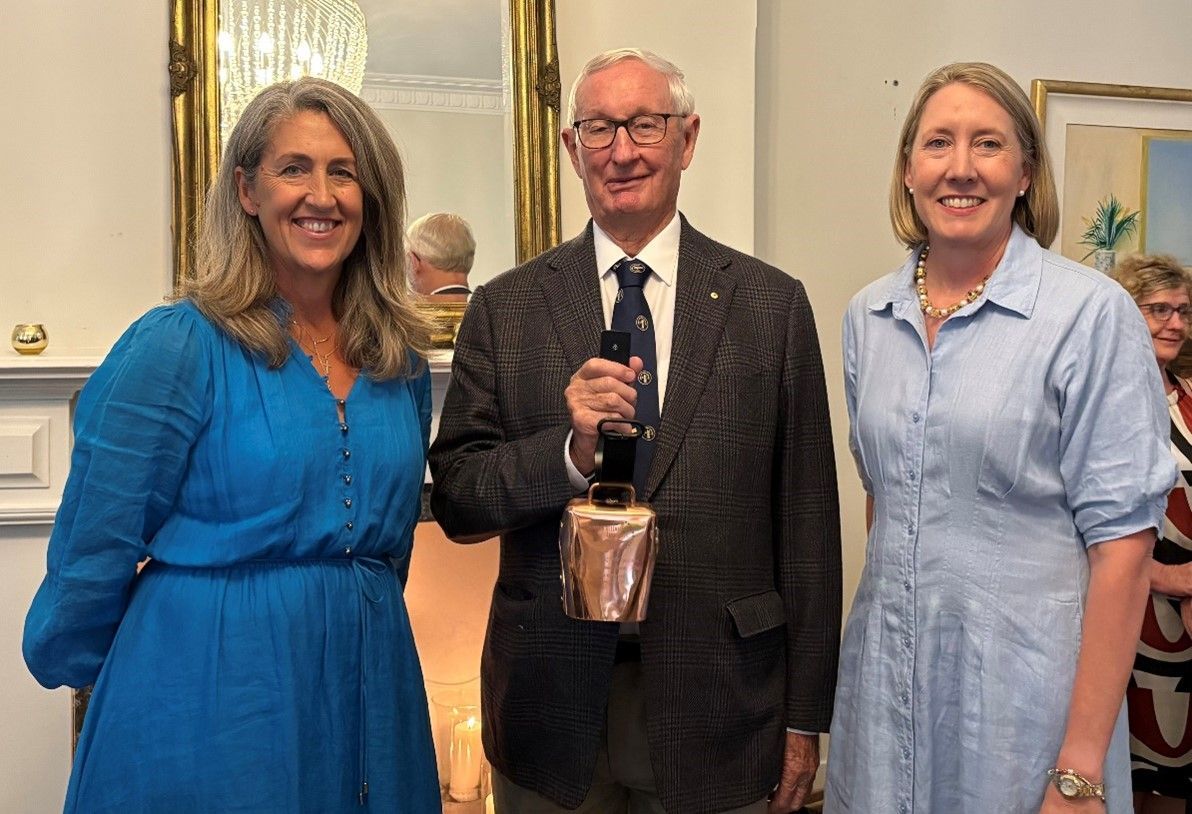
Southern Queensland Landscapes is seeking an experienced and influential Board Chair to lead a multi-skilled Board in managing natural resources across Southern Queensland. This is a 3-year remunerated role based in Toowoomba, QLD, with the flexibility to manage from anywhere in Southern QLD. The ideal candidate will bring: • Substantial experience leading diverse Boards • Strong relationship-building and leadership skills • Expertise in environmental and agricultural matters This role is an opportunity to shape the future of natural resource management, working closely with land managers, community leaders, and industry professionals. Are you ready to make an enduring impact? For more details and to apply, visit www.windsor-group.com.au/job/board-chair-natural-resources-peak-body or contact Mike Conroy at apply@windsor-group.com.au.
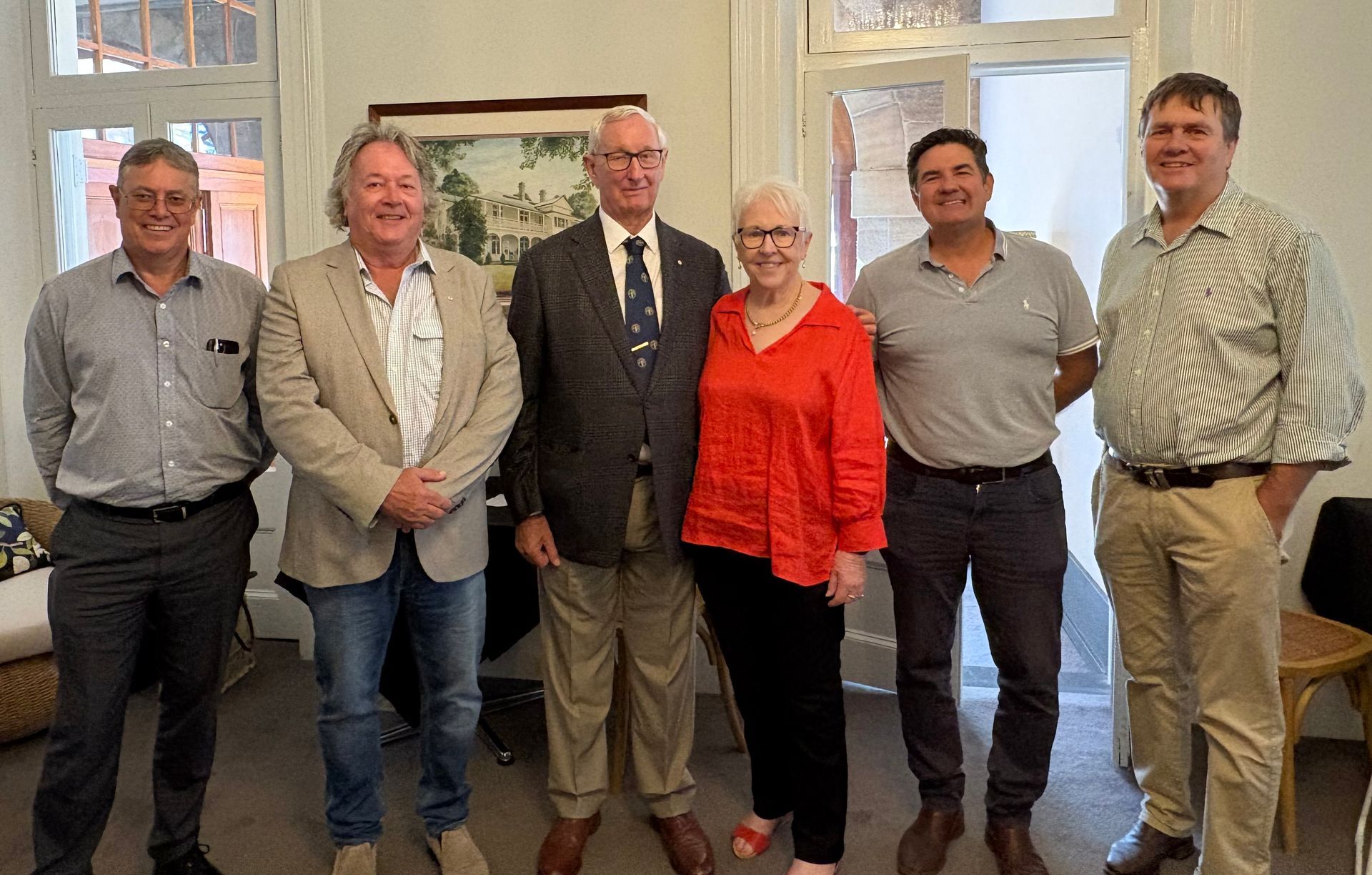
This week marked the final Board meeting for retiring Southern Queensland Landscape Chair, The Hon Bruce Scott AM. The Southern Queensland Landscapes Board hosted a function at Gip’s restaurant in Toowoomba, joined by past Directors, industry stakeholders and the Southern Queensland Landscapes Management team, where Bruce was warmly acknowledged and thanked. Bruce offered special thanks to his dear wife Joan for her support during his period of service to Southern Queensland Landscapes, in particular the warm country hospitality she has offered to many visitors to Roma. Bruce also recognised and thanked Southern Queensland Landscapes Company Secretary Pam Murphy, who has supported Bruce in his service to Southern Queensland Landscapes since the organisation’s inception.
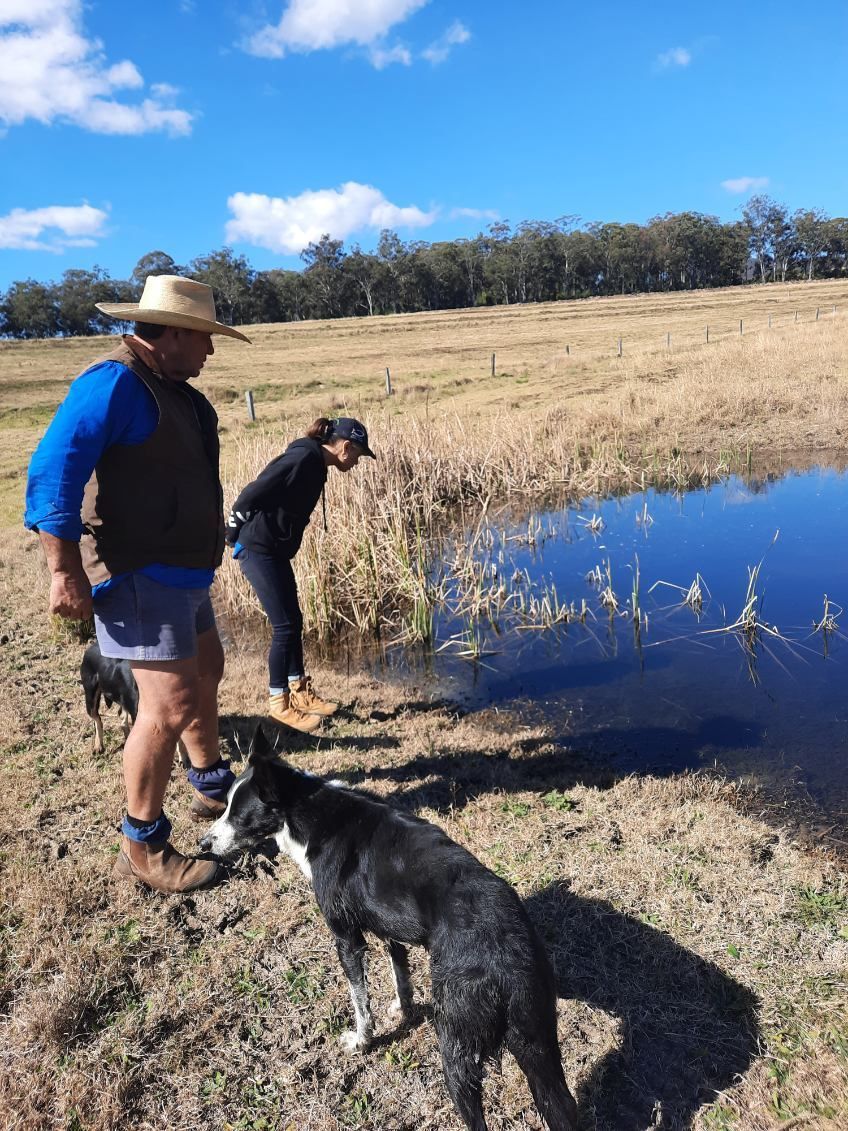
The Condamine Headwaters, a critical ecosystem in Southern Queensland, has long faced threats from sedimentation, habitat degradation, and thermal regime changes. The Blackfish Project, dedicated to reversing these impacts, unites scientists, landowners, and the community in a shared mission to restore and protect this vital environment. At its core lies the river blackfish, a sensitive indicator of the overall ecosystem health. Central to the project's success is the unwavering commitment of landowners like Paul Graham. Inspired by the project's vision, Paul reached out to SQ Landscapes seeking support for a solar pump and tank to divert his cattle away from waterways on his property. Paul's deep-rooted love for his land, captured in his humorous quip "I love my land more than I love my wife," is a testament to the powerful connection between people and place that drives conservation efforts.
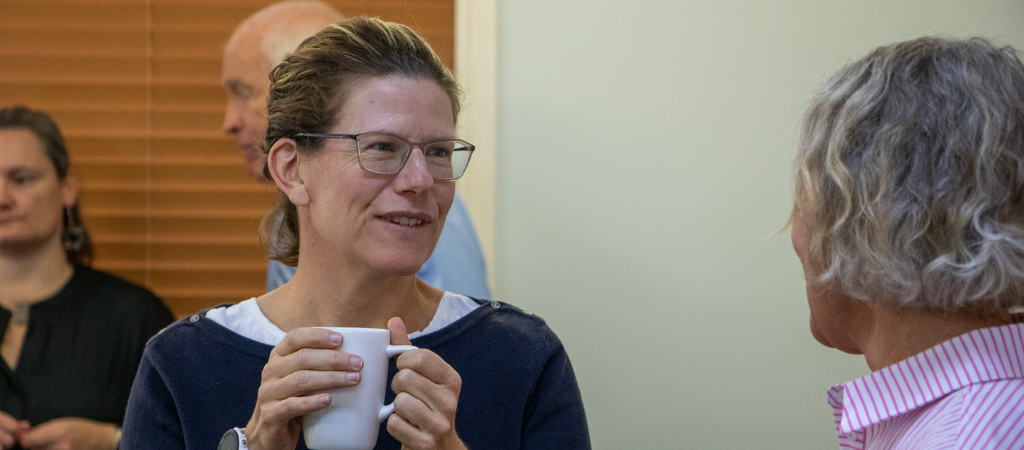
The Board of Southern Queensland Landscapes recently met in Toowoomba. In addition to the Board meeting, Board and Executive worked through updating SQ Landscapes’ strategy. Company Secretary Pam Murphy highlighted the importance of the latest Board meeting and what it means for the company’s future. “The updated strategy will help SQ Landscapes deliver sustainable natural resource management (NRM) outcomes that improve the lives of people in regional communities now and for the future,” Pam Murphy said. “We’re excited to continue delivering value for our region and build Flourishing Landscapes and Healthy Communities across Southern Queensland under the guidance of the Board,” Mrs Murphy said.

